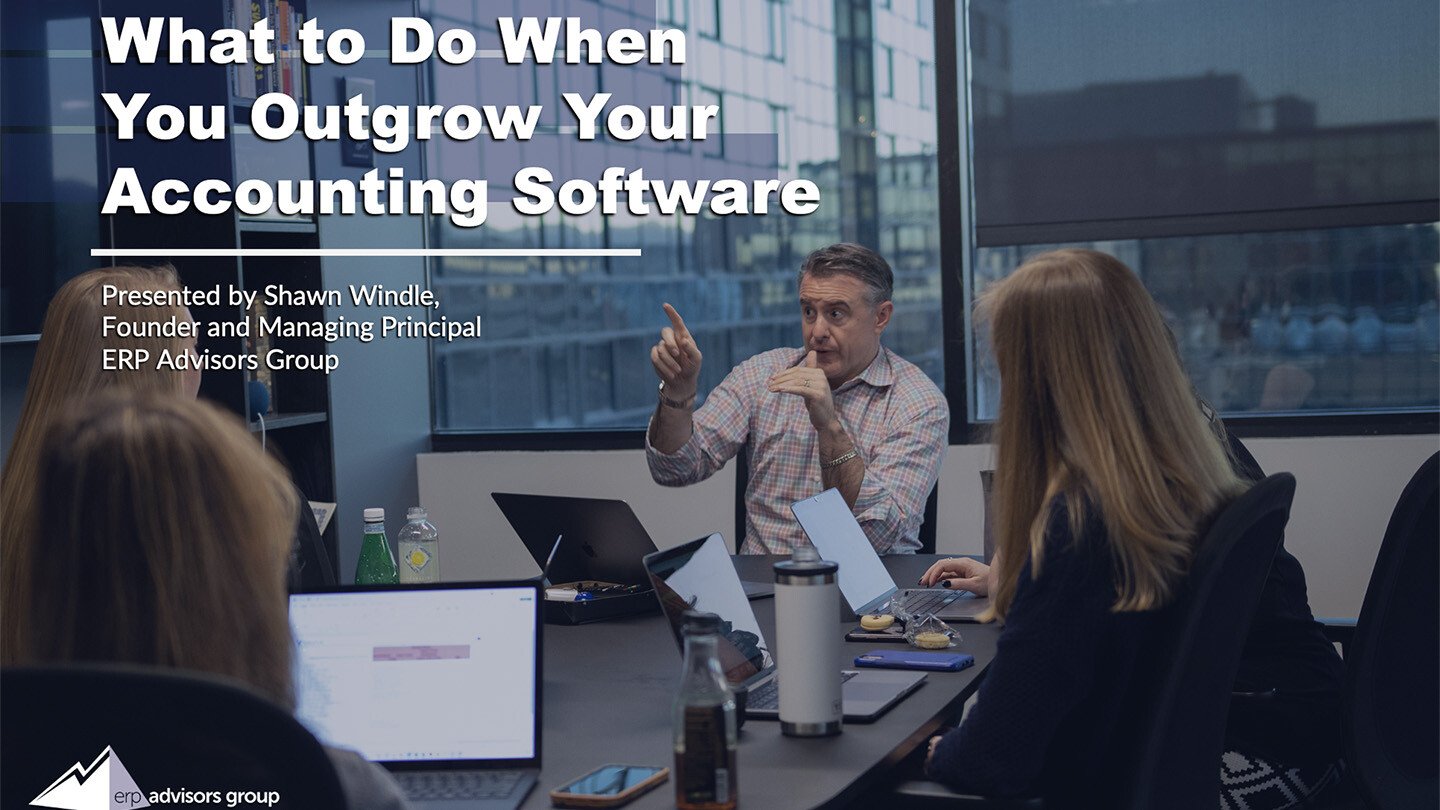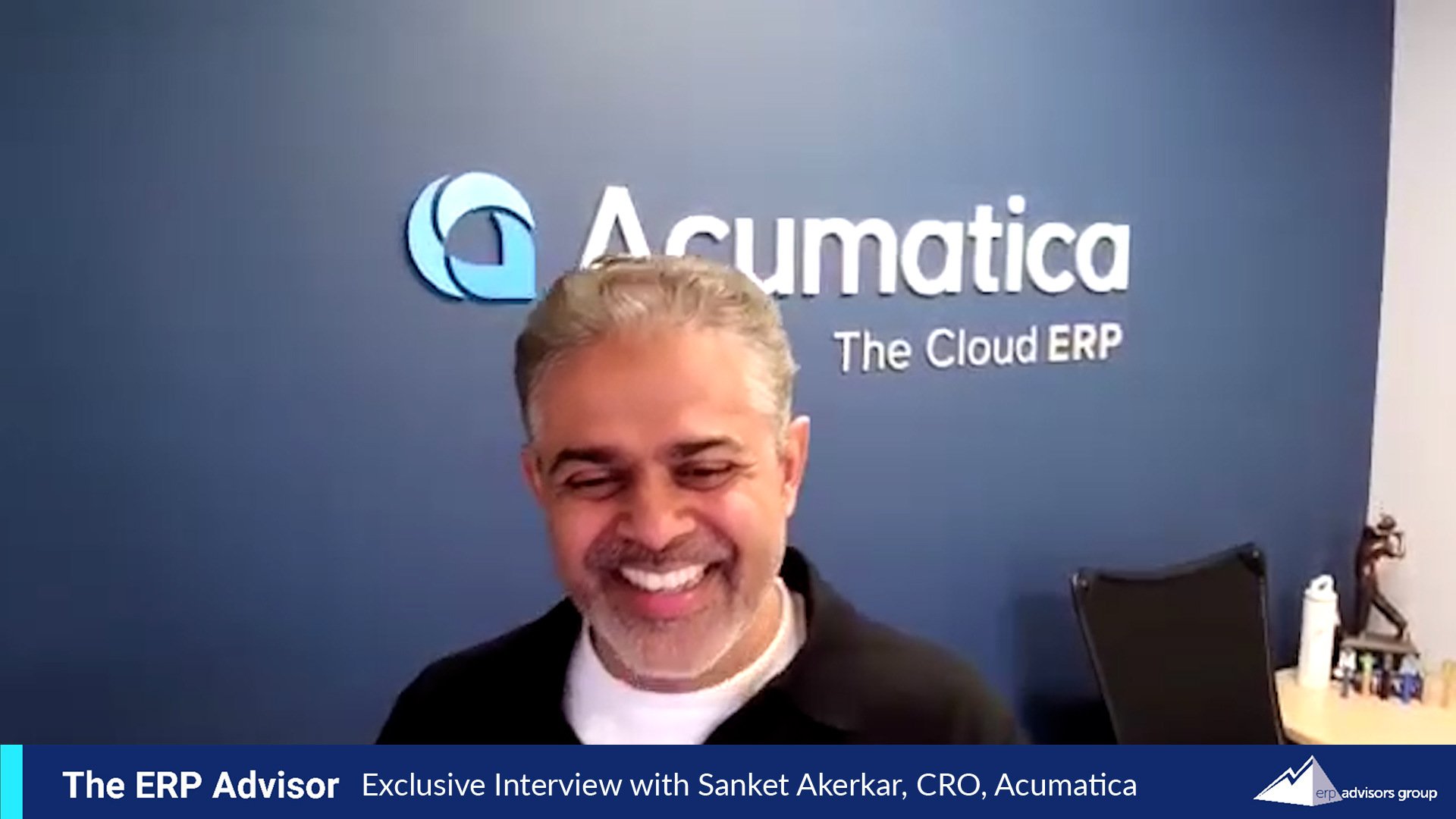.jpeg?width=600&height=400&name=AdobeStock_523081841%20(1).jpeg)
One of the most difficult parts of launching an ERP upgrade is garnering support from all relevant ERP stakeholders in order to build a solid business case for a new ERP. If the key people across your company are not on board, then your selection can be doomed before it even begins. It is vital to build an airtight business case that gains Board and Executive support for costs, types of solutions, roadmap, and vendor shortlist.
Building a Business Case & Gaining Executive Support for Your ERP Upgrade
Admitting your current ERP no longer meets your business needs is the first step towards identifying the right future solution. Whether you are faced with a lack of reporting visibility, disjointed processes, or a legacy system that has become a roadblock to growth, it may be time to begin building your business case for new ERP.
Using the best sales tactics may not be enough to win your executives’ support for an ERP software upgrade. And without that, you may never realize a true transformation of your business. Nevertheless, the obstacles can be overcome by applying our expert tips.
The Pitfalls of Not Knowing Your Overall Software Needs
Overlooking your true needs for a new ERP is a slippery slope. Launching straight into requirements and vendor vetting overlooks the higher-level view of your business’s needs. Many teams record copious amounts of detailed business requirements, but they don’t really know what the software needs to do, which often results in selecting the wrong solution. An analysis can uncover deficiencies in technology, signaling a need for new ERP.
Proven Strategies for Unlocking Executive Support
The most overlooked, but effective, source for validating your ERP needs can be found in the company itself. Interviewing subject matter experts (SMEs) is the best method for building internal support. SMEs and department heads provide significant value and insight into why the existing software is diminishing the business’s potential. The SMEs can effectively identify inefficiencies within each of their departments, laying the foundation for your business case. With backing from employees who have communicated and documented their concerns, executives are more likely to turn their attention toward its impact on the business and its people.
Make sure to distinguish between the problems that can and cannot be solved with new ERP. Examples of problems that “can be solved” include the automation of payroll, traditionally manual processes, inventory management, and more; whereas problems that “cannot be solved” may include employee training and company culture. This emphasizes the role of SMEs who can guide the project by identifying opportunities to improve their day-to-day workflow with improved systems.
Building A Successful Cost-Benefit Analysis
Once you organize and analyze the information you gather from your SMEs, create a detailed cost-benefit analysis. This will easily highlight the need for new systems while dispelling common myths or rumors. It is a simple formula – where if benefits significantly outweigh costs over two to three years, then you will have your business case for new ERP in hand.
Start by quantifying benefits across each process area and assign a monetary benefit. Simple calculations include decreasing the cost of goods sold (COGS), increasing profit, or increasing sales through quicker access to information. Ultimately, you want these improvements to lead to more products sales, faster order processing, consolidated pricing equating to lower pricing, and more. Use extremely conservative numbers in the single digit percentiles of improvement to prevent executives from outright rejecting your assumptions.
The other half of the equation entails compiling all one-time costs across all aspects of the project. Common recurring costs include software subscriptions, support costs, and development costs to third-party vendors. One-time costs should include the technical implementation of the software, client-side implementation costs associated with project management and data migration, and all internal costs, including employee backfill or bonuses. The benefits should always outweigh the costs when building your analysis. Failing to prove that benefits outweigh the costs will almost guarantee the loss of executive approval.
Conclusion
Gaining executive support for an ERP upgrade is a daunting task. However, knowing the company’s needs, gathering employee insight, and preparing a comprehensive cost-benefit analysis will provide the best strategy for presenting your business case to your decision-makers. Of course, obstacles may arise along the way, and we are always available as a resource for you and your team. If you have questions about gaining executive support or simply need guidance on your next ERP project, reach out to ERP Advisors Group for a free consultation.





